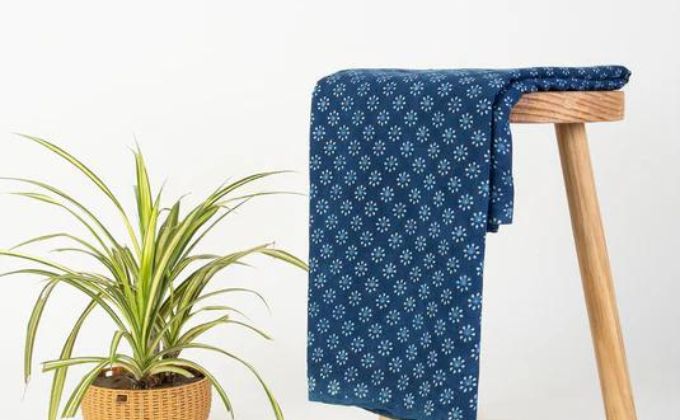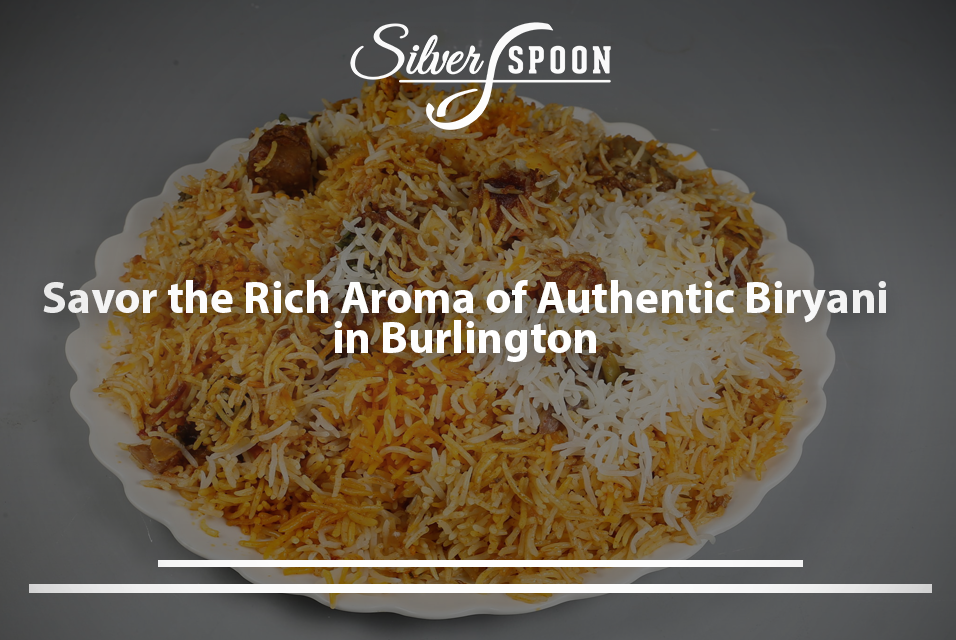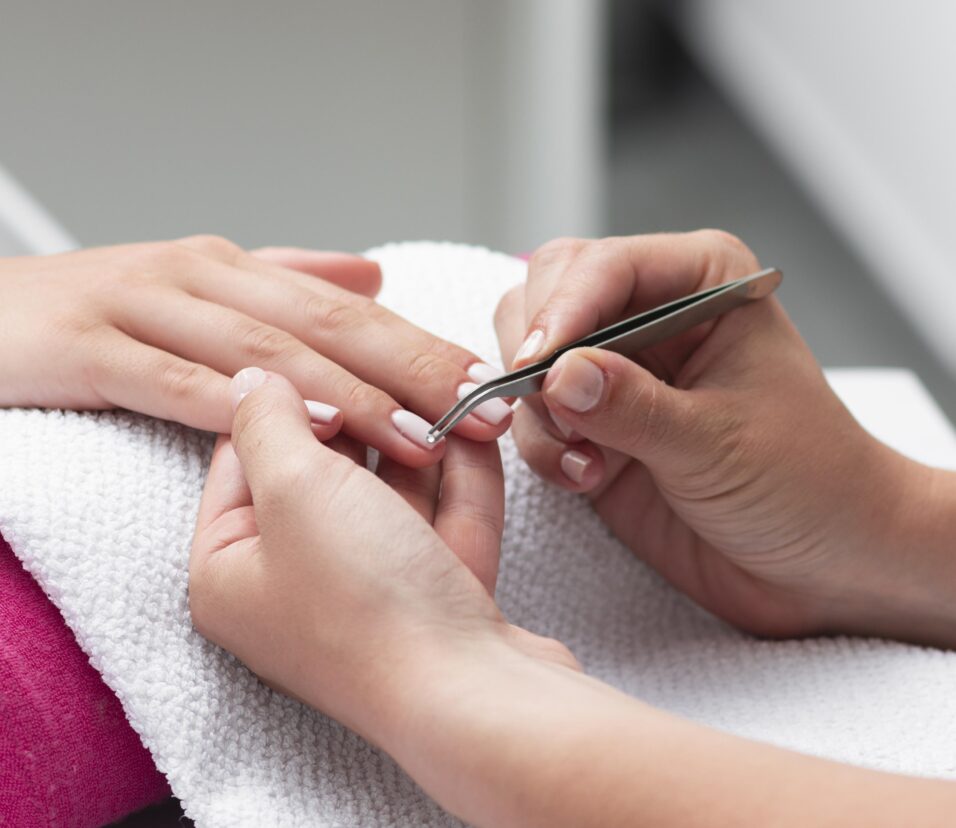Indigo fabric, renowned for its rich blue hue, has a history as deep and captivating as its color. This ancient dyeing technique, rooted in various cultures around the world, has stood the test of time and continues to influence contemporary fashion. From traditional methods passed down through generations to modern-day designers incorporating indigo fabric into their collections, the indigo fabric remains a symbol of timeless beauty and artisanal craftsmanship.
The History of Indigo Dye
Indigo dye has been used for thousands of years, with some of the earliest evidence of indigo-dyed textiles found in Peru, dating back to 6,000 years ago. However, it was in India, China, and parts of Africa where indigo dyeing truly flourished. Indigo—often referred to as “blue gold”—became linked with India in particular because of its high demand worldwide. The dye was extracted from the leaves of the indigo plant (Indigofera tinctoria) through a labor-intensive process, making it a highly prized commodity.
In many cultures, indigo was more than just a dye; it carried spiritual and symbolic significance. In West Africa, for example, indigo-dyed fabrics were worn by royalty and were considered a sign of wealth and status. In Japan, the technique of indigo dyeing is known as Aizome. Became an essential part of traditional clothing & including the famed indigo-dyed kimonos. Across the world, indigo was a color of heritage, culture, and prestige.
Do you want to visit Char Dham? Char Dham Travel Agent is the best place to plan your Char Dham tour. You can book the tour from here.
The Craft of Indigo Dyeing
The process of creating indigo-dyed fabric is a complex and fascinating one. Unlike other natural dyes that require boiling, indigo dye is made through fermentation. The leaves of the indigo plant are soaked, fermented, and oxidized to extract the dye. This results in a liquid that, when applied to fabric, appears green at first but turns a deep blue as it reacts with oxygen in the air.
Traditional indigo dyeing is often done by hand, with artisans using various techniques to create intricate patterns and designs. One popular method is Shibori. A Japanese tie-dyeing technique where fabric is folded, twisted, and bound before being dipped in indigo. This method results in unique, one-of-a-kind patterns that have become highly sought after in both traditional and modern fashion.
The artisanal nature of indigo dyeing, with its variations in shade and pattern, gives each piece of fabric a distinct character. These slight imperfections and natural variations are part of the beauty of indigo fabric, reflecting the human touch involved in its creation.
Would you like to visit Indiar? A tour operator in India is the best place to plan your tour. You can book a tour from here.
Indigo Fabric in Contemporary Fashion
Indigo cloth is a mainstay of modern fashion despite its ancient origins. Designers around the world continue to incorporate indigo into their collections, appreciating its versatility and deep cultural significance. From high fashion to casual wear, indigo fabric has transcended time and trends, proving itself as a timeless material.
One of the most iconic examples of indigo’s influence in modern fashion is denim. The classic blue jeans, beloved by millions, owe their color to indigo dye. Levi Strauss, the founder of Levi’s, famously used indigo to dye the first pair of jeans in the late 1800s. Creating a fabric that has since become synonymous with rugged durability and casual style.
In addition to denim, indigo fabric is also popular in contemporary bohemian and eco-conscious fashion. Many designers who champion slow fashion and sustainable practices have turned to indigo dyeing as a way to create beautiful, natural textiles. The use of organic indigo dye, in particular, aligns with the growing demand for environmentally friendly fashion. It avoids the harsh chemicals often found in synthetic dyes.
Would you like to visit Haridwar? Travel agents in Haridwar are the best place to plan your trip. You can book your tour right here.
Why Indigo Fabric Stands Out
There are several reasons why indigo fabric continues to captivate fashion enthusiasts:
- Timeless Appeal: Indigo’s deep blue hue is universally flattering and versatile, making it a favorite in both casual and formal wear.
- Cultural Heritage: Wearing indigo fabric is not just about style; it’s about honoring a craft that has been passed down through generations. The history and symbolism behind indigo dyeing add depth and meaning to any garment made from this fabric.
- Sustainability: As consumers become more conscious of their environmental footprint, natural dyes like indigo have become increasingly popular. Indigo dyeing, when done traditionally, is eco-friendly and supports sustainable fashion practices.
- Artisanal Craftsmanship: The handmade nature of indigo fabric means that no two pieces are the same. Whether through Shibori techniques or other traditional methods, each indigo-dyed textile is a work of art in itself.
Incorporating Indigo Fabric Into Your Wardrobe
Indigo fabric offers endless possibilities when it comes to fashion and styling. Here are a few ideas on how to embrace indigo in your wardrobe:
- Indigo Denim: A classic indigo denim jacket or pair of jeans is a wardrobe staple that never goes out of style. Pair it with a white t-shirt or patterned blouse for a timeless look.
- Shibori Scarves: Add a touch of artisanal charm to your outfit with a Shibori-dyed indigo scarf. The unique patterns and deep blue color will elevate any ensemble.
- Indigo Dresses: Flowy indigo-dyed dresses are perfect for a bohemian look. The deep blue tones add sophistication, while the natural dye ensures a soft, comfortable feel.
- Indigo Home Textiles: Indigo isn’t just for fashion—incorporate indigo-dyed throws, cushion covers and curtains into your home décor for a touch of global elegance.
Also, read more: Erahalati
Conclusion
Indigo fabric, with its rich history and undeniable allure, continues to be a beloved textile in both traditional and contemporary fashion. From the hands of skilled artisans to the runway shows of modern designers indigo’s journey is one of resilience and timeless beauty. As the world of fashion evolves, the indigo fabric remains a symbol of sustainability and craftsmanship. The enduring style—a true testament to the power of tradition in shaping the future.







